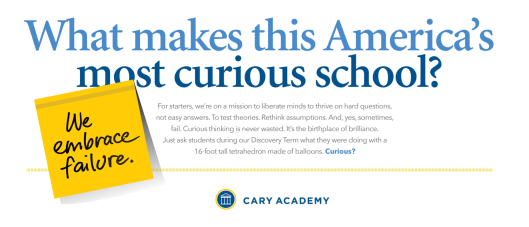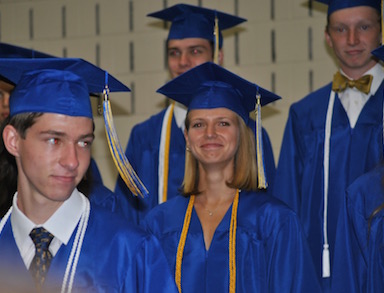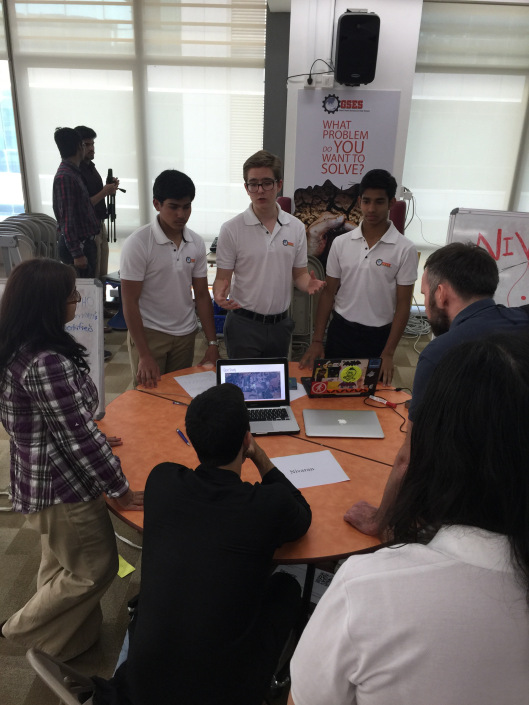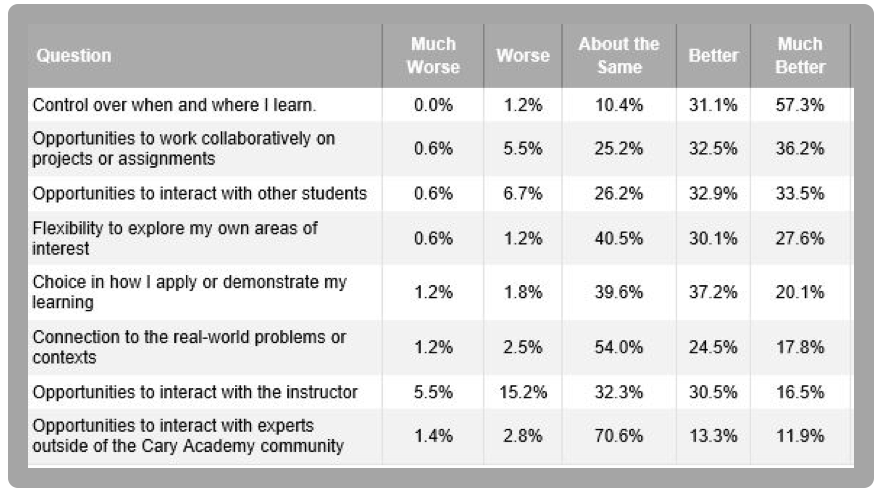One of the most rewarding, if sometimes daunting, roles of a Head of School is to be the chief spokesperson for the organization: Head Storyteller, I sometimes call it.
This is rewarding because … well, because Cary Academy is pretty great and there are a lot of wonderful stories to tell. It can be daunting, though, because what I choose to talk about can send its own message. I could get a fact wrong. I could highlight something that makes another group or individual feel left out. I could mispronounce the name of one of our Founders. During my opening convocation. In front of said Founder.
Like I said, danger lurks everywhere.
This fall, I’ve had occasion to talk a lot about the history of Cary Academy to employees, students, and parents. It has been wonderful to reflect on our history, and I’ve gotten most of it (pretty much) right.
There are other occasions when I’m asked to speak to outside groups. In those cases, I may occasionally speak directly about the school, but I am most often representing an idea about school. What I mean is that it is not good form to stand up in front of a group and brag about Cary Academy. People at other schools really don’t want to hear that (I know, crazy). Instead, I share how “schools” can approach innovation, professional development, technology integration, community outreach, or whatever other topic is on the docket. Of course, since I am the head at Cary Academy, I may use some examples from the school to illustrate these larger concepts or truisms.
This is not my unique responsibility, as each year a very large number of our employees branch out to speak at conferences, workshops, or even directly at other schools. This is an important part of our founding vision: to collaborate and share professionally with peers.
This year, I’ve found myself speaking most often about the importance of school culture. I think this is one of the most important elements of a great school, but also one that is very difficult to nail down. Culture can be talked about in many ways. You’ve probably most often heard culture described as an “iceberg,” with the below surface elements being big (and, as the metaphor goes, potentially dangerous if you miss seeing them). Some of the most well respected researchers on culture have called it “software of the mind.” In education, I’ve often heard culture described as “the way we do school.”
Our Leadership Team has been talking about culture since the start of the school year. It began when we read an article in the Harvard Business Review about a culture slide deck produced at Netflix. We soon moved on to reviewing the slide deck itself. All 147 slides. (Warning to all of you who get tired of my huge slide decks at parent coffees and employee meetings: It could be worse.) This slide deck is famous for the approach it took to human resources. Its title: “Netflix Culture: Freedom and Responsibility” sums up quite a lot.
This deck inspired us to try and write a culture code for Cary Academy.
Needless to say, this has proven to be a lot harder than it sounds. We’ve spent weeks working on various drafts, and at our last meeting we had two full white boards filled with lists, phrases, and paragraphs. Part of our problem was that haven’t been quite clear on the audience for this particular “statement on culture.” We don’t even know if we want to call it a “statement on culture.”
In all of our brainstorming, though, we did come up with one sentence that has stuck with me ever since:
“We are maniacal in pursuit of our mission.”
Not everybody liked that word maniacal. For some it didn’t sound “schooly” enough. They pushed for “relentless.” Maybe others thought maniacal evoked an image of clowns. Clowns are bad right now.
Me? I kind of like maniacal. Whenever I talk about Cary Academy to outside groups one of my go-to phrases is that this school, more than any other I’ve ever been to, lives and breathes its mission statement. Maybe maniacal is a bit over the top, but with culture you kind of want folks to see that part that is under the surface and this word gives you fair warning that something big is lurking.
As Head Storyteller, however, I can’t end a column about culture on a statement.
Just a few weeks ago, I got stuck when I was preparing one of my more recent talks. I was scheduled to address a few hundred educators at a conference in Boston, and I had already asked my colleagues, but something was still missing. I just could not pinpoint why. I decided to ask some students in the speech class that I co-teach. I pulled them aside and read them my 10 minute oratory. When I finished, they were silent at first. I could tell that they were processing: What EXACTLY should we tell Dr. Ehrhardt? Last we checked, he kinda gave us grades in this class, not the other way around.
The pause didn’t last long before they unloaded: I didn’t get when you said X. Your point about Y was lost because you overemphasized Z. That joke in the middle: not funny.
Yikes.
It was great. Exactly what I needed to hear. I went late into that night re-writing major portions of the speech, and delivered the new version to positive reviews a few days later.
That is Cary Academy.
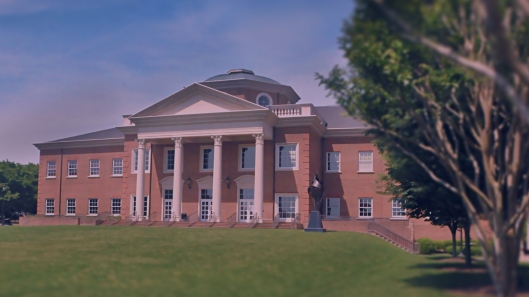
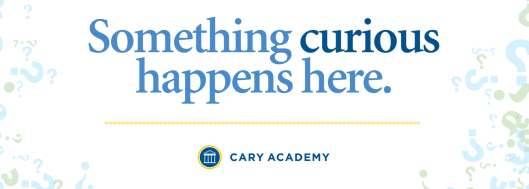
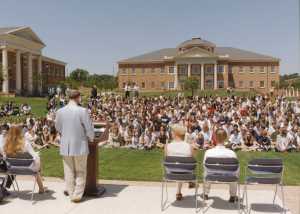
 The Future is Always Moving
The Future is Always Moving